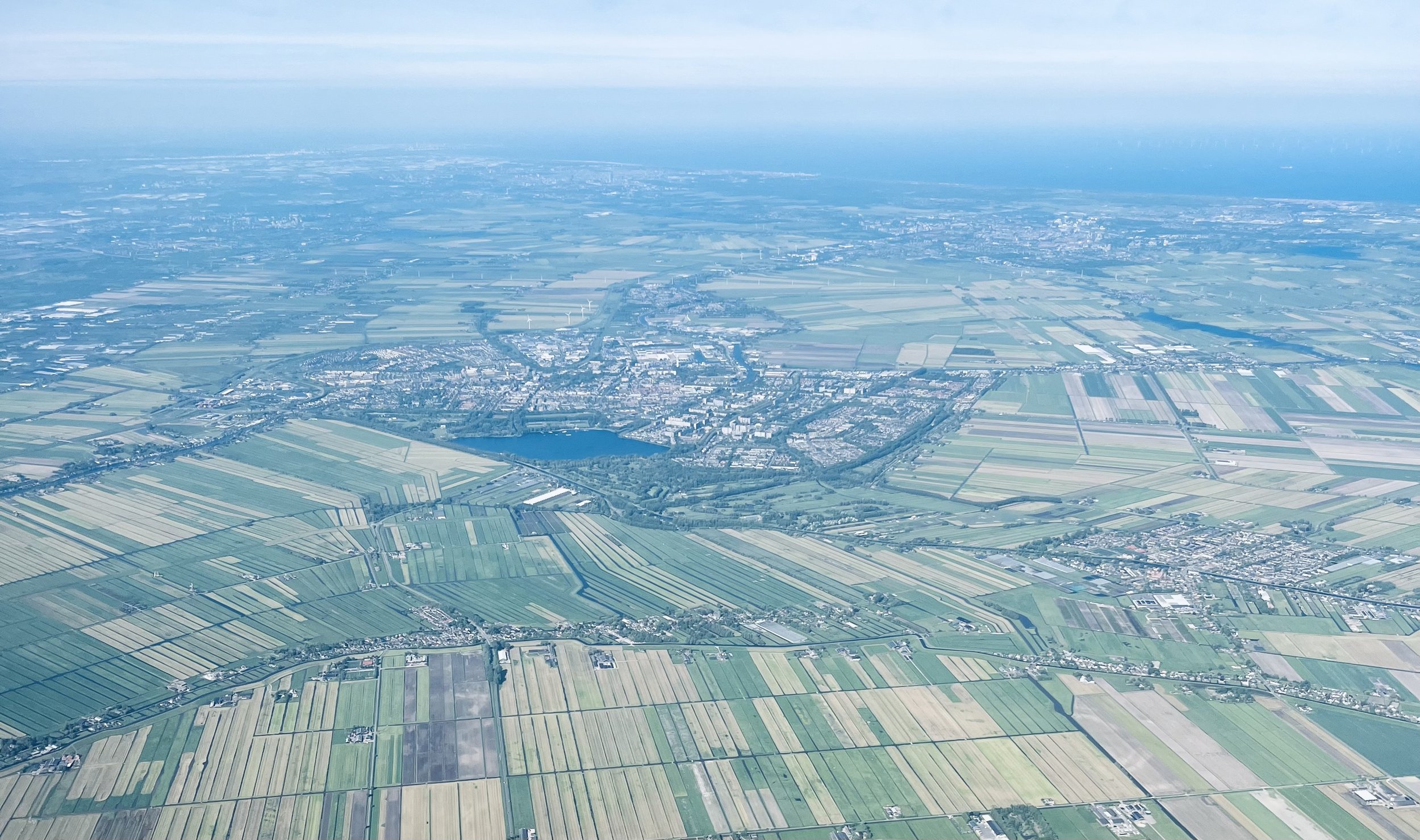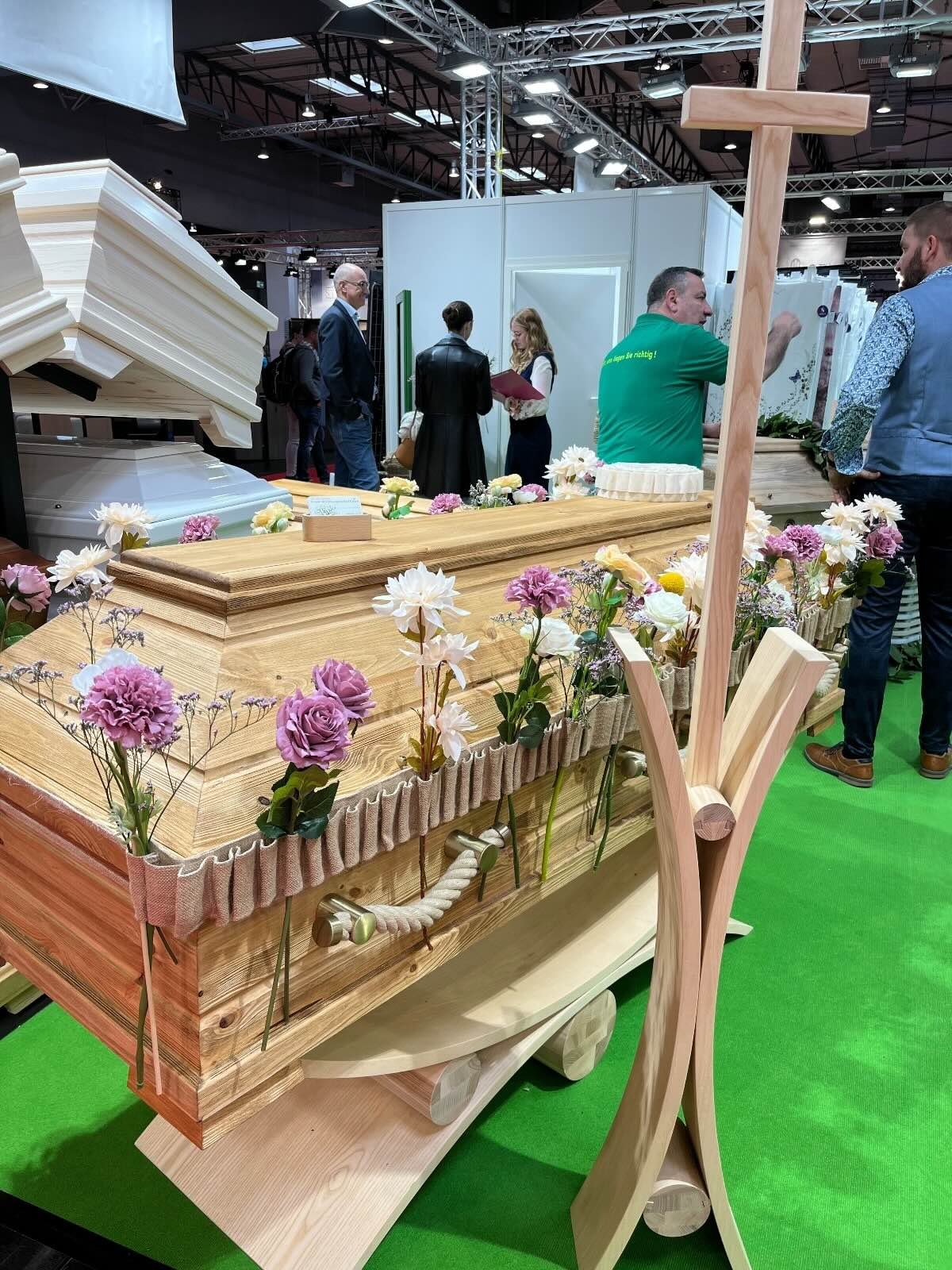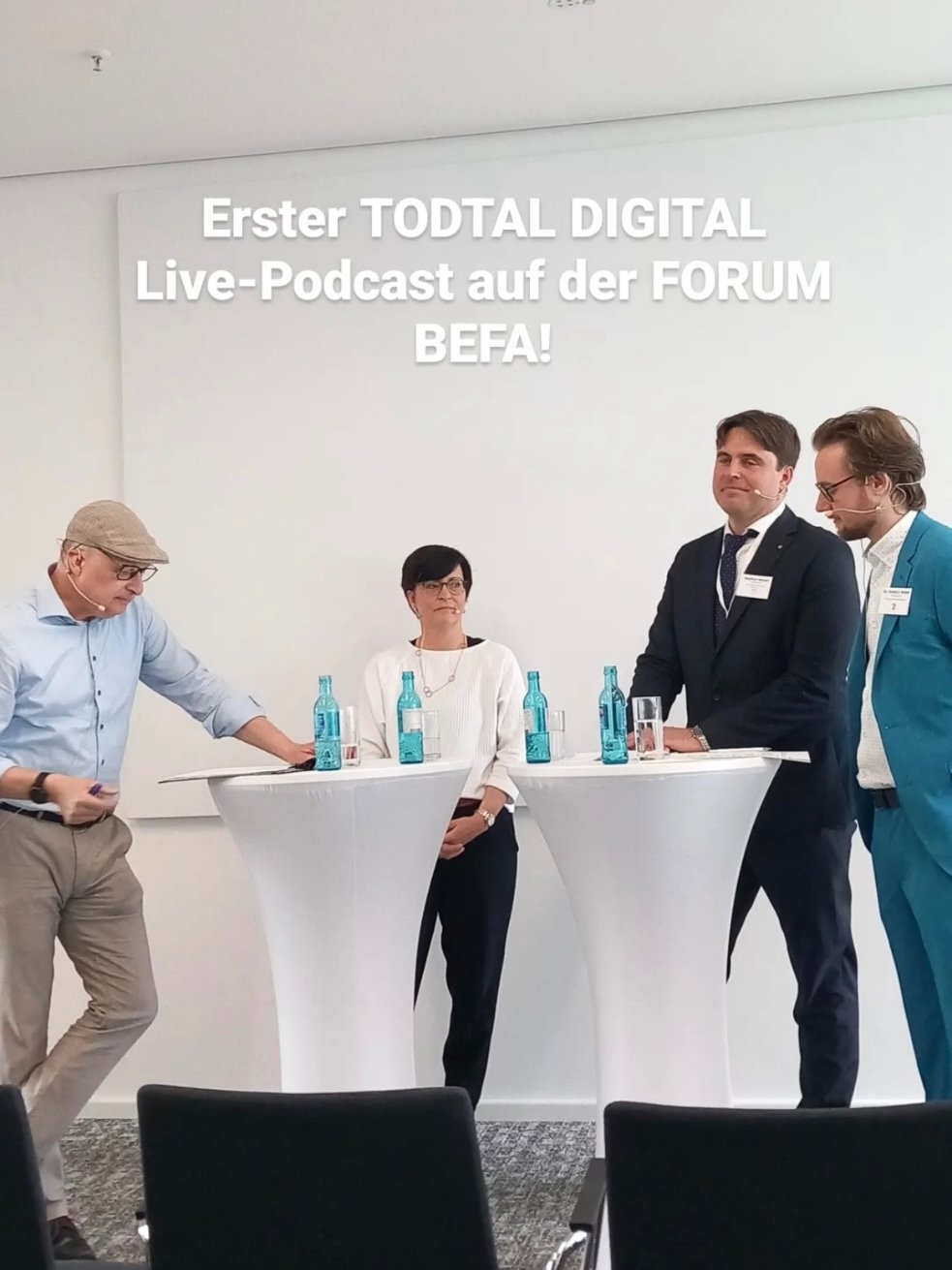Good Grief News
Notes on trends and insights around dying, grieving and remembering our loved ones.
#2 — 17.05.2024
GOOD GRIEF NEWS
Thoughts on climate grief, artificial intimacy and three events for your agenda.
Over the past three weeks I have been travelling a lot - to northern Italy for a short holiday and to the south of France for work. In many conversations there has been a common theme, a sense of worry and unease about nature, the weather, the state and condition of our environment.
I think we all have experienced similar mixed feelings. Warm weather in winter, an unexpected cold wave in the middle of spring, unusual amounts of rain etc. I had a moment of unease as I hiked through the vineyards in South Tyrol and observed the very intensive cultivation there, where there is hardly any unspoilt nature in between. Or flying over the endless chessboard landscape of the Netherlands…
Worries about the state of nature and climate extremes are experienced more and more and our reaction to it often seems to be confusion – but in a lot of cases it is actually grief. Climate grief.
Climate Grief – What is it?
Many people use the term ‘climate grief’ to refer to a wider loss and anxiety related to the overall effects of climate change. Often the lines between climate change and other major ecological catastrophes become blurred. Climate grief becomes a description of a general ‘ecological grief’ or ‘eco anxiety’.
The range of things (and creatures) that people mourn for is wide: loss of human, animal and plant life, but also loss of identities, beliefs, and lifestyles.
Climate grief is related both to changes that have already happened and to changes that are coming, or are in the process of happening. Thus, climate grief often has elements of what the grief theorists call ‘anticipatory grief’ or ‘transitional grief’.
What can we do?
Grieving can be hard - but it's also a healthy reaction. Grief is the processing of feelings that you have when you lose something, and by moving through all the emotions involved, you can adapt to the new environment and hopefully become more resilient.
There are a number of initiatives, events and rituals that respond to climate grief, that don't remain silent and deal with the issue and the connected emotions:
The Silent Farewell of De Nieuwe Ooster's 130-Year-Old Tree
In Amsterdam, a 130-year-old red beech tree at De Nieuwe Ooster cemeteryfaced its final moments, succumbing to a stubborn fungus. The tree's death was deeply saddening, especially for the many visitors to the cemetery. They held a full funeral service and wrote heartfelt letters bidding farewell to this venerable symbol of resilience and life.
Mario Brunello's Melodic Protest in Cortina
In Cortina, Italy, cellist Mario Brunello took up his instrument to protest against the cutting down of 200 larch trees to make way for a bobsleigh track ahead of the 2026 Olympics. With touching melodies echoing through the forest, Brunello sought to amplify the voices of these ancient trees. His music is a stirring call to action to recognise the deep connection between music, nature and our collective wellbeing.
Funerals for Glaciers: Honoring the Fallen Titans
The loss of majestic yet vulnerable glaciers has triggered a wave of mourning worldwide. In Iceland, citizens gathered to bid farewell to Okjokull, a once mighty glacier that is now just a piece of ice. Similar rituals took place in Oregon and Switzerland, where communities came together to mourn the demise of cherished glacial landscapes. These funerals are not only a solemn recognition of ecological loss, but also a call for urgent climate action.
I have written about this topic before. You can click through the story highlight on Instagram here.
Events
“dazwischen / in between” exhibition at German Sepulkralmuseum
On Sunday 19 May, the experimental exhibition “in between. You, life and finiteness" (“dazwischen. Du, das Leben und die Endlichkeit”) will open at the German Sepulkralmuseum. It's an interactive exhibition where visitors can share their personal views on the end of life and help shape the museum's new permanent exhibition. A really interesting approach and I look forward to reading (and hopefully seeing) the results.
Trauerwoche 2024 / Grief Awareness Week 2024
Mark your calendars: from 28 October to 3 November, the second Grief Awareness Week will take place in Germany, Austria and Switzerland. Like last year, the motto will be "Eat. Cry. Repeat.' and various offline and online events will be organised to bring people together to talk about grief and remember loved ones.
End Well 2024
A conference that has been on my list for a long time: End Well 2024 will take place again in Los Angeles on 22 November. Key voices and innovators in the end-of-life space will share the latest developments, projects and their vision for transforming death & dying.
Podcast Tip
I listened to a very interesting conversation between Brené Brown and Esther Perel on the Unlocking Us podcast, in which they both touch on the subject of grief. The main part is about "the other AI" - instead of artificial intelligence, Perel calls it artificial intimacy. It's about modern loneliness in our hyper-connected world. We are more connected, but less present. The technologies that help us remove many of life's inconveniences have also made us less and less able to deal with the inevitability of nature, love and life. You talk about ambiguous losses, mediated vulnerability, how we are losing the ability to deal with hard things and emotions, and the tendency to pathologise normal behaviour such as grief.
Listen to the conversation here.
#1 — 19.04.2024
GOOD GRIEF NEWS
Notes on trends and insights around dying, grieving and remembering our loved ones.
Last Friday I attended the BEFA trade fair in Dortmund, Germany, where the nation's funeral industry showcased its latest products, innovations and trends. I had never managed to go before, so it was about time.
Here are my 5 observations:
1. Reality check
I approached my visit to the show as a kind of 'reality check' and was prepared for my little bubble of trends and innovation to be shattered. I was prepared to learn that the industry simply wasn't there yet, for example in terms of more personalised offerings and contemporary product design. But the anticipated disappointment did not materialise. The desire to personalise farewells and memories is slowly gaining ground in the market and the possibilities for individualisation are expanding.
There was also a good mix of exhibitors, from funeral vehicles to coffin and urn manufacturers, as well as coffin suppliers, hygiene technology, printing and financial services, memorials, planning software, bereavement apps and social media training for funeral directors. I definitely saw more young people (and women!) at an industry gathering than usual - the generational shift is in full swing.
2. A hidden world opens up (slowly)
At first I thought it was a shame that some of the more innovative exhibitors were located on the fringes rather than at the heart of the show. But fortunately they were there and the stands were extremely popular - in future years I would like to see more courage and space to engage with new developments.
The industry is also opening up to its neighbours, for example from the Netherlands. The mycelium coffin from Loop Biotech was presented at the fair and was very well received. There was the water urn concept, designed to gradually release water and ashes into the ground. Or a ne high-tech columbarium called Memorial Cube, to flexibly store the ashes of your loved one. I also saw Dutch memorial jewellery and the coffin flower ribbon by Bloemband.
3. Sustainability comes knocking
With the growing interest in natural burials in Germany, for example in a Friedwald (burial forrest), sustainability has also taken root in the German funeral industry. From biodegradable, unpainted coffins to urns made of paper or organic clay to 3D printing with eco-friendly materials, exhibitors are showing greater awareness of environmental responsibility.
I have been following a discussion with interest about how widespread the idea of sustainability has really become: A sustainable urn manufacturer had pointed out how such a trade show is actually producing a lot of unnecessary rubbish (whereas the urn makers only had a handful). We still need to get to the point where we look at sustainability holistically in all our practices and not just by choosing better materials, for example. Fortunately the distribution of unnecessary give-aways was limited and at the Loop biotech stand you could even eat all the mushrooms that were there for decoration.
4. Discovering digital
The digitisation of the industry is still in its infancy in Germany. The current focus is primarily on automating internal processes - from registering a case to more efficient planning of the funeral service. From my point of view, for example, a time clock app introduced at the show to better manage working hours offers a solution that in many cases is already better managed through other tools and lacks the bigger picture.
Relatives and their needs are still only sporadically involved - they can put together a playlist for the ceremony at home or perhaps choose urns or coffins from the comfort of their sofa. I still miss further, more intensive support for the personal needs of relatives and their grieving process.
I found it interesting to see how the range of social media advice specifically for funeral directors has expanded. The stand of the Unvergessen Agency was very well attended and demand to understand Linkedin, TikTok, podcasts and AI tools seems to be high, as I also heard in several conversations.
5. Podcasting about the digital funeral home
I was also interviewed for the podcast TODTAL DIGITAL on digitalisation trends. It will only be available in German, but I'm happy to share some of my thoughts on the first question I was asked: How are digital tools and spaces changing the way we grieve?
I pointed out 3 aspects:
a. From private to public / from taboo to normalised. Grief is traditionally a private and personal process. The internet has clearly changed the way people deal with loss and express their feelings. It has become more open and informative, people talk about their feelings and show vulnerability, which de-stigmatises the topic and creates new communities.
b. The expression of grief and remembrance is becoming more diverse, more individual, more colourful, more moving and more interactive - and certainly more location-independent. It is no longer just the famous who receive an obituary.
c. Access to communities of like-minded people who are going through similar experiences gets easier:
Think of rural areas where bereavement services are less diverse
Offers for marginalised or very specific groups (I.e. grieving daughters)
Lowering entry barriers, costs and allowing people to remain anonymous if needed
If you would like to know more about exhibitors at the show, my perspective on certain aspects or more information about the German funeral industry compared to your market, please drop me a line!
Thank you for reading GOOD GRIEF NEWS, a monthly newsletter on trends and fresh perspectives around death, grief and remembrance. You can find more of my work at goodgrief.me or stefanieschillmoeller.com and follow me on Instagram.






